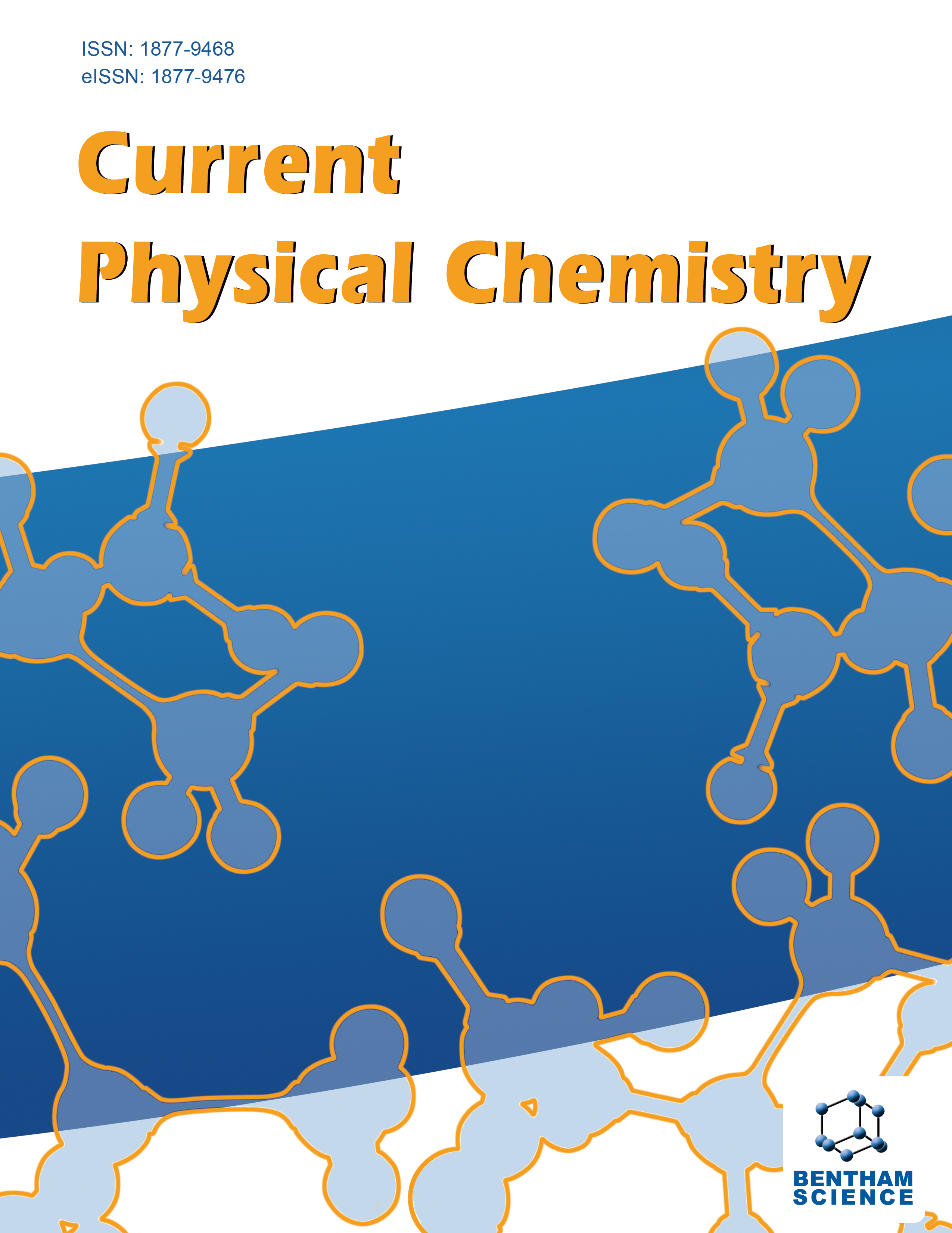-
s Gas Phase Ionization of Toluene: Benzylium Versus Tropylium Pathway
- Source: Current Physical Chemistry, Volume 9, Issue 2, Aug 2019, p. 138 - 150
-
- 01 Aug 2019
Abstract
Aims: In this investigation, we used accurate mass high-resolution gas chromatography mass spectrometry to study the gas phase carbocations rearrangements and fragmentation of toluene and halo-toluenes as well as their deuterium labeled compounds. Objective: Accurate mass of selected ions from ionization of toluene and related compounds revealed that the initially formed radical cation C7H8 +. does not rearrange to tropylium radical cation contradicting published literature. Methods: When the toluene radical cation was purely selected, it was found to lose a free radical (hydrogen atom) at collision energies greater than 5 eV and forming benzylium or tropylium cation C7H7 + (m/z = 91), with no other fragmentations. Results: The resulting cation at collision energy greater than 20 eV fragmented by losing acetylene or ethylene or allene molecule to form C5H5 + (m/z = 65), C5H3 + (m/z = 63) or C4H3 + (m/z = 51) respectively. Purely selected C5H5 + cation at collision energy greater than 30 eV lost acetylene molecule and formed C3H3 + (m/z =39). Conclusion: In this investigation toluene, halotoluene and their deuterated derivatives (structural isomers) were found to ionize in the gas phase with isomer retention. Historically, it has been suggested that the seven carbons and hydrogen atoms would become indistinguishable. However, this should be revised in the light of new technologies.


